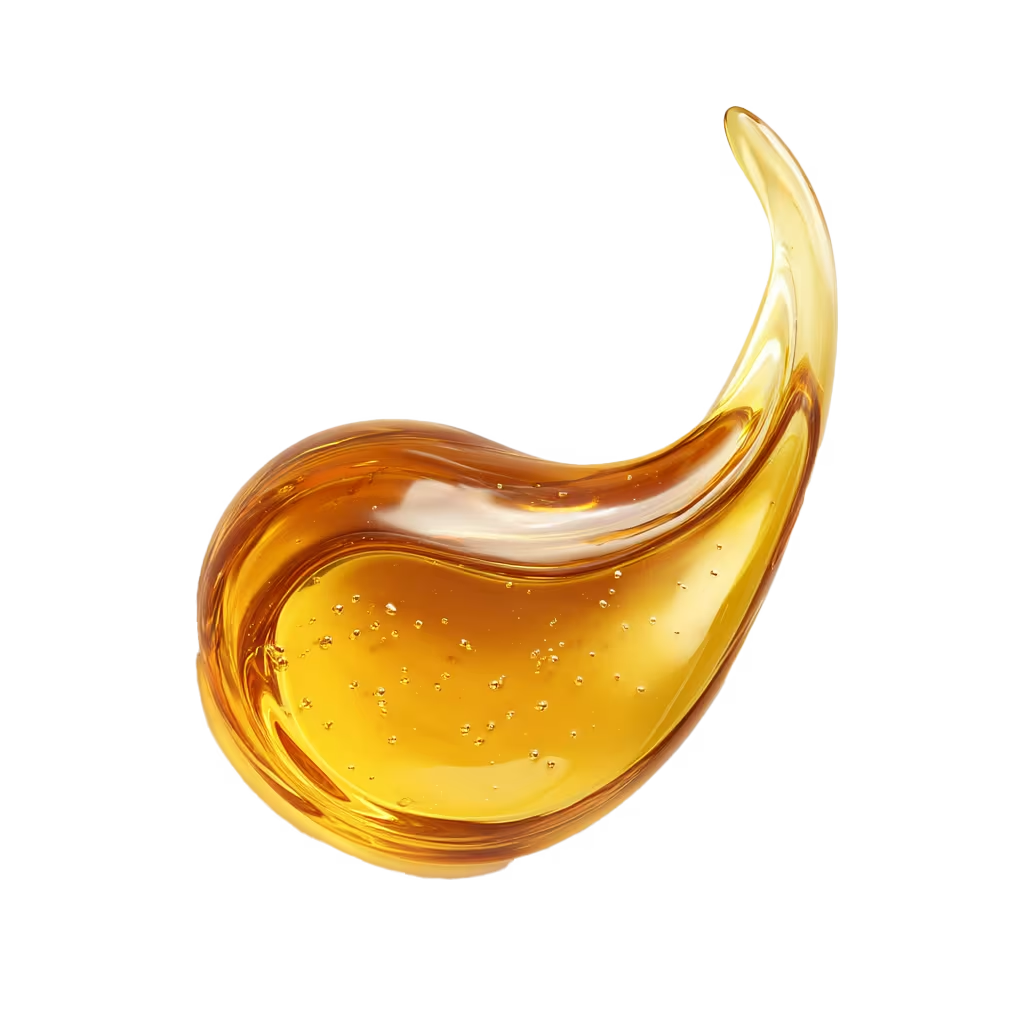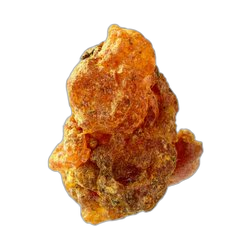ambery oriental
Resins
Resins are semi-solid or solid substances that various plants, particularly woody plants, secrete in response to injury. They harden upon exposure to air and serve as a protective mechanism for the plant. Resins from different plants can vary significantly in their chemical composition and therefore in their scent profiles.
Overall, resins tend to emit rich, deep, and warm aromas. Commonly used resins like frankincense and myrrh are known for their spicy, woody, and slightly sweet or balsamic fragrances. Frankincense, for example, typically presents a complex scent with notes of pine, lemon, and woody undertones. It may also carry a slight fruity nuance. Myrrh, on the other hand, offers a warmer, earthy aroma with hints of wood, spices, and sometimes a touch of licorice.
Copal, another popular resin, has a cleaner, lighter scent compared to the deeper fragrances of myrrh and frankincense, often described as having citrusy yet slightly woody undertones. Amber, formed from fossilized resin, is prized for its warm, musky, and slightly sweet scent.
These scents are especially popular in incense, perfumery, and aromatic therapies due to their grounding and calming qualities, as well as their purported ability to purify the air and improve mental clarity.
Like this smell?
Discover your fragrance match by taking our quiz and exploring scents tailored to your taste.
Top fragrances using this Note




